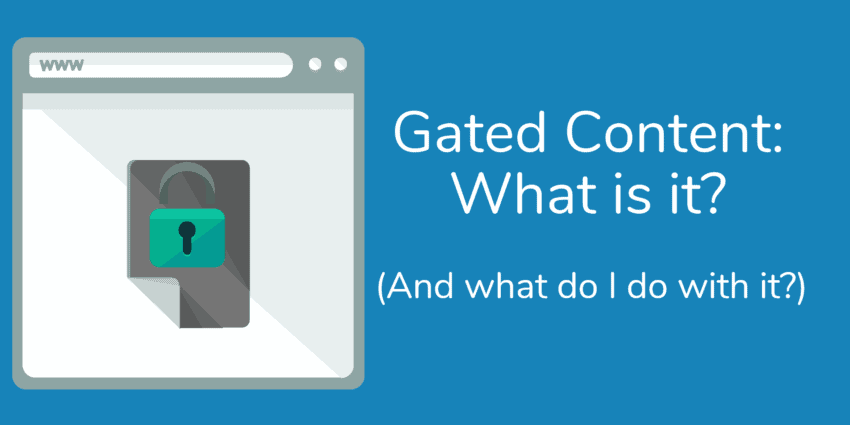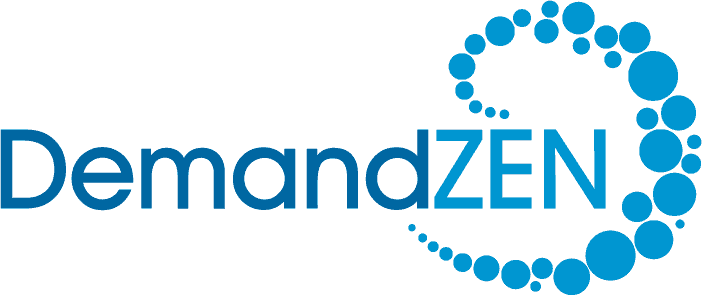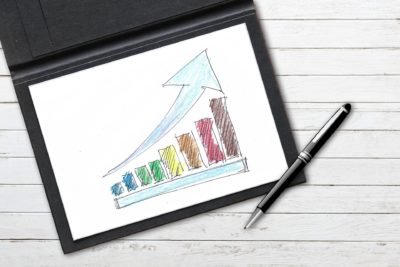What is Gated Content?

What is Gated Content?
To answer this question simply, gated content (or an “asset”) is anything that a company places behind a form. It’s something that you’ve determined is valuable enough to warrant a transaction of information from your customer or prospect in return for the asset. But not everything is gated content, and the same form just won’t do for each piece. Just like any other content, you need to create something unique and compelling that your audience is interested in — and give them a good incentive to click “submit.”
Gated content can be a white paper, an eBook, webinars, slides, infographic, a how-to guide, a video — any type of content created with the intent to help a prospect make a decision without the piece being necessary for the prospect. I’ll touch on this more below.
How to determine if content is worth gating
Ideally, you’ll create content knowing where it will exist in your content plan. You will also know whether or not it will be gated. But there are a few questions you need to ask yourself to determine if a piece is worthy of being gated or not.
Is the content good?
Stop right there. If you don’t think your content is well-written or useful in anyway, you need to find a way to fix it. Whether it’s lack of design or originality, going back to the drawing board is a must.
To help you create good content, let’s discuss what elements make something “good.”
First, come up with a question that’s worth answering. This question could be something you know your audience is curious about. It could also be a good opportunity to teach your audience about something that will help them understand or use your product. Whenever you create content, your goal is to educate. If your customer doesn’t walk away learning something, you need to return to square one.
The second thing to do is to comb through your work for spelling and grammatical errors. It’s hard to trust supposed “industry experts” when there are dozens of typos or grammatical issues.
Third, make sure your design is appealing. This might require hiring a designer in scenarios where you’re interested in creating complex graphics. If you don’t have a designer or the skill to create those types of designs yourself, keep it simple.
Is it salesy?
Anything too salesy needs to be taken down a notch or turned into free content. Asking your customers hand over their information just for a sales pitch isn’t fair to them. It can also result in a negative opinion of your company. While it’s fine to include a Call-to-Action at the end of your content, the goal shouldn’t be for them to buy a product. The goal should be to educate them so they make the decision to buy the product on their own terms.
Will anyone share it?
So it’s not salesy and the content is good, but do you see anyone willing to share your content? Often, this comes back to design, title, and the way you describe your asset. It also has to do with the uniqueness of your offer.
On the landing page with the form your customer will fill out, make sure you explain why this content is worth the download. Break it down point by point (call out the headings of your white paper if you have to!). Create an attractive image based on the design of your asset. Give it your best to let your customer know why this piece is worth it. Including these elements will increase the shareability.
And don’t forget to include social sharing icons!
Does not having access to this document inhibit the customer’s ability to use your product?
If you produce non-salesy content that’s educational and shareable, make sure it’s not the type of piece that belongs in a “Documentation” section. You can hurt yourself and your brand if you start putting all of your help documents behind a form.
While how-tos make great assets, they need to be formatted differently from your “getting started” guides. They should also answer more complicated questions.
Gated guides and how-to content can be great for developing a nurture campaign to keep your customers engaged with your product. Don’t stray away from these, just make sure you sort them out of your normal documentation.
Appropriate gating
Before you go creating form fields for all of the content you’ve decided to gate, determine what information you want in return. You won’t ask for the same information for a 200-page eBook that you would for a 15-minute webinar. One of these is significantly larger than the other and took more time to create.
For the eBook you might ask specific questions about the type of company the prospect works for or what his or her title is. For the webinar, you might want to just collect name, email, and phone number (the standard).
Another option is to create a smart form using whatever CRM or marketing automation tool you use. Using this method, you can define all of the questions you want to ask your question and set them to populate based on how many forms they’ve filled out. This allows you to learn more about your customers as they become more interested in your offerings. It also removes any redundancy that customers could otherwise experience.
Alternatives to gating content
If you have vital content that you want to deliver to your audience, but you don’t think your audience will stop to fill out a form, there are alternatives to gated content. Obviously, you can post things freely on your website or blog so anyone can view the content. Make sure everything is clearly attributed to your company. Lock any PDFs that are text-heavy.
But you can also utilize certain pieces within email campaigns for existing customers or prospects who previously signed up for mailing lists. This way, the content is still technically gated since only those who have freely given their information are able to see it.
Place it where it will be seen
One of the biggest mistakes you can make is creating an awesome resource and just sitting it in one place on your website. You spent hours crafting that kickass content, so now you need to make sure it gets seen!
Create a resources page where prospects can find all of the documentation they might be interested in. This is a great page to have on your website’s navigation if you don’t have one already.
Link to your content in blog posts where it’s relevant, and hype it up on social media! You might even want to develop a campaign around a really fantastic asset on PPC.
So what is gated content? Gated content is exchanging content your prospects want with the information you need to reach out to them and turn them into customers. Now it’s your turn to create an awesome piece of gated content.
DemandZEN can help you craft a digital marketing strategy that includes worthwhile, gated content for your prospects. Talk to us today about what questions your customers need answered.
You Might Also Enjoy These Posts
Demand Generation vs Lead Generation
Gamification Strategies: Badges in B2B Marketing
Welcome To DemandZEN
DemandZEN specializes in Account-Based Demand Generation and solving the challenges around finding, engaging and converting target accounts into real opportunities for B2B Technology and Services companies.



